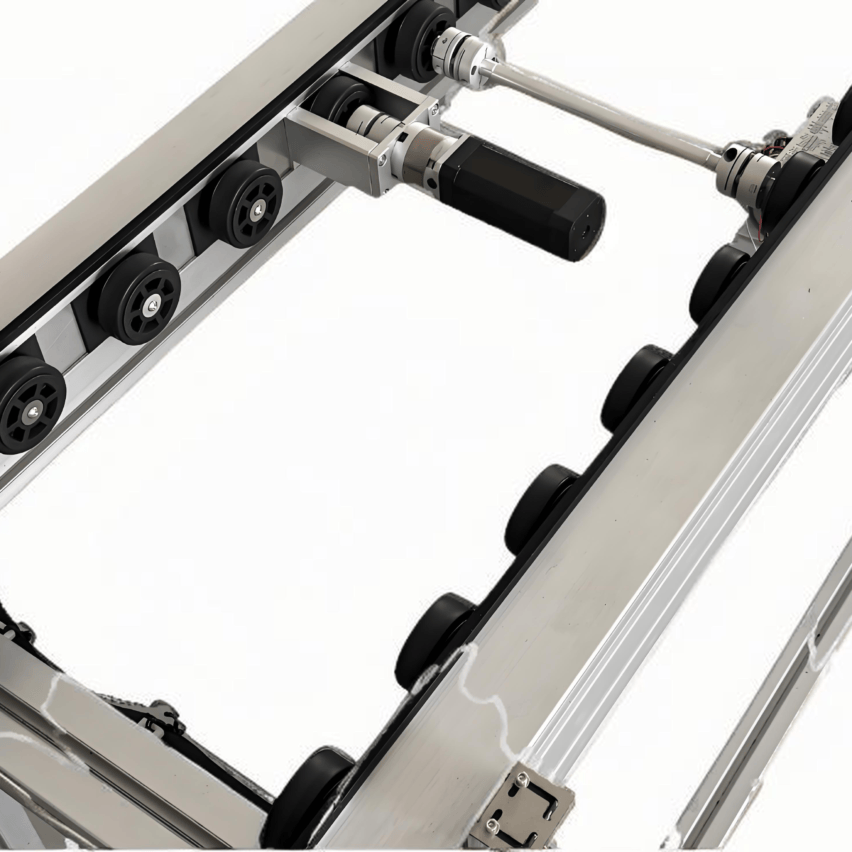How do you think a car transforms from a cold steel plate to a big guy that can run and carry people? Today, we will go to the car factory, the stamping, welding, painting, assembly of the four major parts of the broken broken to understand - do not worry, without the bombardment of terminology, to ensure that you listen to the end of the nagging with friends to understand!
First, stamping workshop: steel plate into a "magic stage".
You may want to ask.How does a steel plate become a door or bonnet?To put it simply, it's like using a mould as a stamp and a press as a big hand, and "snapping" it into place!
- Breakdown of key steps::
- unwind and cut: Rolls of steel plate (thickness 0.65mm-1.2mm) are first cut into pieces, like cutting cloth for clothes.
- Stamping and moulding: A stamping press works with a die in 4-6 passes to press the steel plate into a part. For example, General Motors uses4-sequence process, difficult but efficient.
- anti-dandruff and anti-injury:: The debris generated during stamping is sucked up with a "hoover" device to avoid leaving pits on the surface of the part.The smoothness of the front cover depends on it.
Why does it have to be automated?Manual handling is slow and tiring, while the robot can change moulds in 3 minutes, doubling the speed of the production line! For example, in one factory, using the "one mould, many parts" technology.Output per minute soared from 15.8 to 31.6 pcs.The efficiency goes up, and the costs naturally come down. When efficiency goes up, costs naturally come down.
Welding workshop: robot's "steel symphony"
When you come to this workshop, you are likely to exclaim, "Where are the workers?" All you see are mechanical arms waving sparks--Welding automation rate close to 100%!
- Three great things about robots::
- Precision spot welding: 0.1mm level accuracy, ten times more stable than manual, with guaranteed strength of solder joints.
- flexible adaptation: One wire can weld different models and change models? Just adjust a programme.
- work around the clock: No shouting, no leave, capacity pulled full.
You might be worried.: What happens when all the robots are used and workers lose their jobs? In fact, ah, the human role to go to do more advanced work - such as programming and maintenance, quality control and regulation. After all, even if the robot is good, someone has to watch it, right?
Third, paint shop: to the car wearing "invisible armour"
This link is the most mysterious! Each recipe is kept secret, but there are just two core objectives.rust prevention+nice-looking.
- What's the catch with three coats of paint?
- primers: The mainstay of rust prevention, disliking metal surfaces directly.
- lacquer: Decide if the car is a slutty red or understated black.
- varnish: Brightens and enhances light and is also scratch resistant.
What's so great about robotic painting?While the hand will shake, the robot can spray uniformly, with a thickness error of less than a hair's breadth! And it's a closed workshop.Paint Waste Reduction 30%It's environmentally friendly and saves money.
IV. Final Assembly Workshop: The Ultimate Version of Spelling Lego
Finally, the last step! The engine, the seats, the tyres are all "assembled" here.
- How can automation help in a big way?
- AGV trolley delivering parts: Like a smart delivery man, delivering on demand, workers no longer run out of legs.
- Robotic arm for loading large partsFor example, windscreen gluing is done in 10 seconds with a circular wipe of the robot hand.
- Intelligent Screwing: The torque of key bolts is precisely controlled to avoid "too loose rattling" or "too tight crumbling".
But yeah.Interior installation or people are more flexible-such as tucking in the seat and adjusting the angle of the steering wheel -fine work that a machine can't currently do for a master.
V. Are automated production lines worth it? Doing the economic maths
Burning money up front hurts: Hundreds of millions invested in an automated line, and equipment + training is staggeringly expensive.
But it smells good in the long run.::
- Efficiency gains: a car companyProduction from 10 to 20 vehicles per hour.;
- Quality stabilised: weld failure rateDown from 5% to 1%, half as many paint defects;
- Save money! Although maintenance costs money, it pays for itself in 3-5 years.
So, yeah, don't look for a lot of input at the beginning.After scale production, the cost of the bike is instead diluted--That's why the big players are desperate for automation!
Personal view: automation is not replacing people, but playing with them
Walk through the four main workshops and you'll see that the machines have killed off repetitive labour, but theCore decisions, creative commissioning still rely on people. For example, the master of the assembly line to touch the two know the source of the rattles, this experience AI short time will not learn. The future of the factory, must be "human-machine collaboration" stage - people direct the machine to do the dirty work, freeing up their hands to engage in innovation. After all, car building is not just technology, but also an art!













